Moors and Christians battle it out in Villajoyosa
Friday, August 30, 2024

For eight days, the whole of Villajoyosa steps back in time to hold a spectacular re-enactment of a battle fought in 1538.
The festival of Moors and Christians is the biggest event of the year in this coastal town. The festival has been held for over 250 years in honour of Santa Marta (St. Martha) and commemorates events which occurred in 1538, when Berber pirates led by Zalé-Arraez tried to attack Villajoyosa. According to legend, St. Martha came to the rescue of the townsfolk by causing a flash flood which wiped out the enemy fleet, thus preventing the corsairs from reaching the coast. To show their gratitude, the town made her its patron saint and hold this annual festival in her honour, the main event being a re-enactment of the Moorish landing, which is a sight to be seen.



The festivities commence with the fabulous processions of Moors and Christians on 25 and 26 July, so if you happen to be in the area next year you must make an effort to go along and visit. The various factions that make up each procession parade majestically through the streets to the sound of music. Then, in the early hours of the 28th, the spectacular landing is held. Crowds of people start to arrive at the beach around five in the morning and, while the Christians make ready their artillery to defend the shore, over 30 Moorish vessels approach the coastline. Once they have landed, both armies battle it out until they reach the foot of the castle, which is eventually taken by the Moors. In the afternoon, the Christian soldiers come back and retake the castle: first of all, they try to persuade the enemy to surrender, but after some unsuccessful negotiations, a great battle ensues ending in the defeat of the Moors, who are symbolically sent back to the sea.
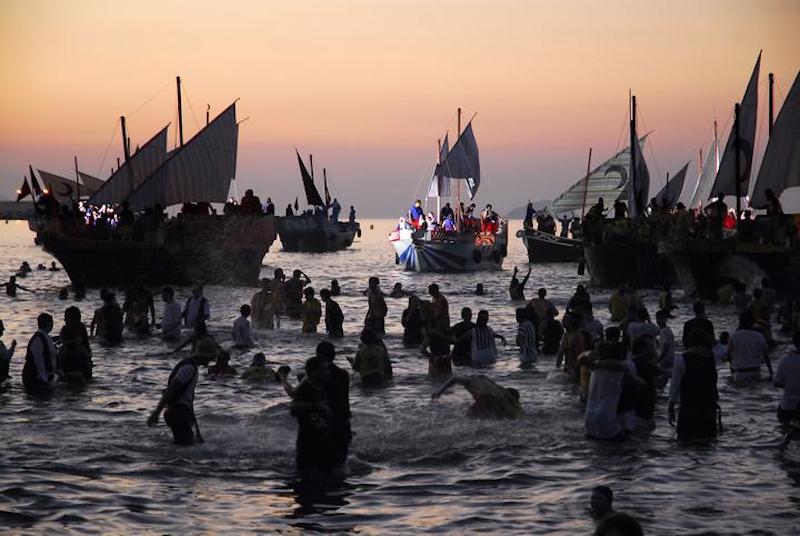
Villajoyosa is brimming over with fun and celebrations during these festivities. There are also many activities to enjoy, such as gastronomic competitions, open-air dances, firework displays and music concerts. Moors and Christians is a popular festival in many parts of Spain and each place has its own original way of celebrating, depending on their particular history and tradition. However, the re-enactment of the landing is unique to Villajoyosa and sets it apart from all other festivals of its kind.
 2
Like
Published at 6:45 PM Comments (0)
2
Like
Published at 6:45 PM Comments (0)
Hiking in the Monfragüe National Park
Saturday, August 24, 2024
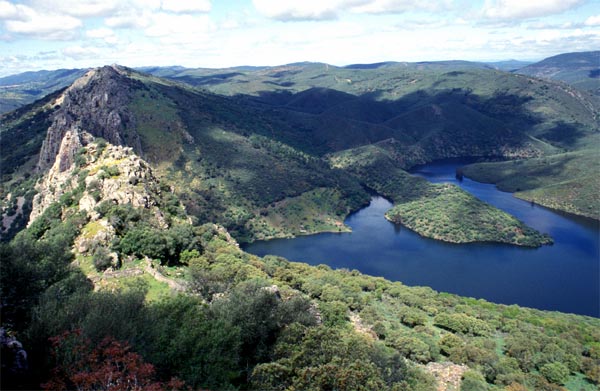
Part of this four hour route coincides with the Cañada Real de la Plata or Silver Route, and it allows us to get a spectacular panoramic view from the viewpoint which dominates the confluence of the river Tiétar and the Cardenal bridge.
The Monsfragorum (overgrown mountain) of the Romans, or Al-Mofrag (the abyss) of the Arabs, is an immense scrubland of slate and quartz, throwing up rocky outcrops 500 to 600 metres high, cloven into two halves by the River Tagus. Like an island in an ocean of holm oak forests, Monfragüe in north-east Cáceres, has seen cavemen and Vettones, legionaries and Visigoths, Moors and Christians…; they all passed through this lonely landscape, including the herds of the Mesta, leaving behind a castle, a handful of huts, and fertiliser for the plants.

To hike in Monfragüe, go to Villarreal de San Carlos (71 kilometres from Cáceres via the EX-390 to Torrejón el Rubio, and then the EX-208 towards Plasencia), a town founded by Carlos III halfway between Plasencia and Trujillo as a night-time shelter to protect shepherds from wolves and bandits, on the spot now occupied by the Visitors' Centre. This is the start of the Castillo trail (Ruta del Castillo), a lovely four-hour walk, marked out with red stakes, through the heart of the national park. The path, which occasionally coincides with the Cañada Real de la Plata or Silver Route, takes you to the banks of the Tagus in less than half an hour, after passing by a 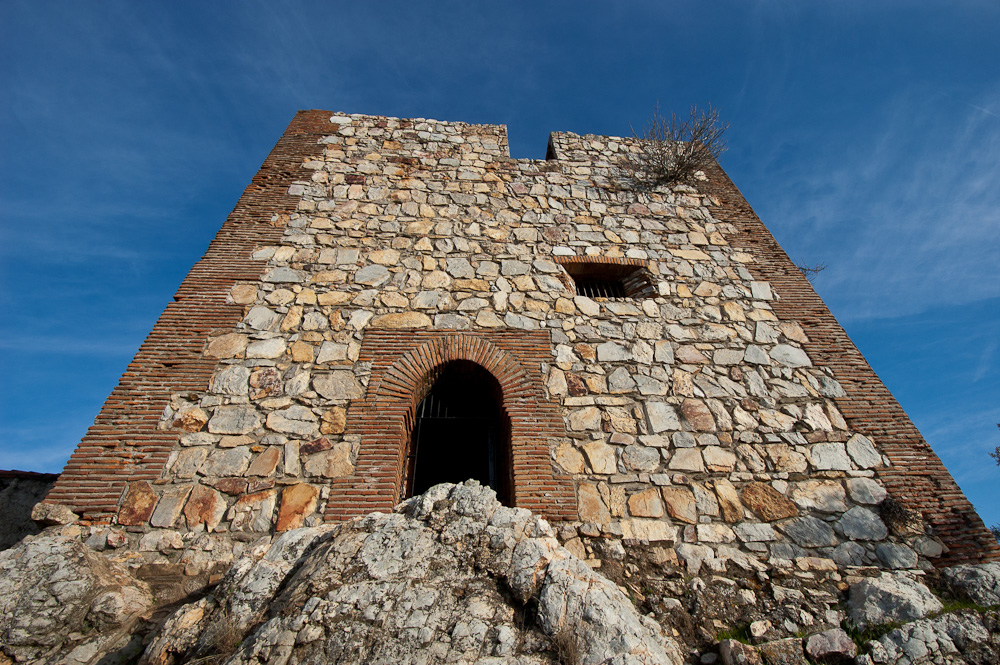 viewing point overlooking the confluence of the River Tiétar and the bridge, Puente del Cardenal. viewing point overlooking the confluence of the River Tiétar and the bridge, Puente del Cardenal.
If the bridge is underwater, you will have to make do with the modern one a kilometre further on and cross over to the Fuente del Francés. There a sign will invite you to follow the steep path winding up to the chapel and castle of Monfragüe. This dense, shady forest contrasts with the sparse holm oaks, wild olives and shrubs on the southern side, where we will make our way down  13.28.14.png) after the pleasure of scanning the endless horizon of this prehistoric terrain from the tower of the ruined Arab fortress. after the pleasure of scanning the endless horizon of this prehistoric terrain from the tower of the ruined Arab fortress.
Also prehistoric are the Bronze Age paintings you can see on your way down (on the barer side) where the path curves shortly before meeting the road to the Salto del Gitano. And there is a prehistoric look to the many birds to be seen here, thanks to the observatory opposite the outcrop of Peñafalcón: Egyptian vultures, black storks, golden eagles… And the most imposing of all, the cinereous vulture, the largest bird of prey in Eurasia, with a wingspan of nearly three metres. The colony of more than 300 pairs here is the largest on the planet. At the bridge, go back towards the river and then you can head back to Villarreal de San Carlos following the same route.
 1
Like
Published at 12:35 PM Comments (0)
1
Like
Published at 12:35 PM Comments (0)
The Best Paprika - Pimentón de la Vera
Wednesday, August 14, 2024
Paprika is a fundamental ingredient in traditional Spanish cooking, with a flavour that brings to mind comfort food at its finest.
The aroma, flavour and colour of paprika leave an unmistakable signature on each dish as well as some of the most typical charcuterie products in Spanish culture.
Chillies were brought over from the west and with them the varieties associated with paprika. Once harvested, they are fire or sun-dried. They are then ground until the final texture is reached and then sold.
The paprika that is protected under the Designation of Origin comes from La Vera or Murcia.
Pimentón De La Vera (La Vera Paprika), which is my favourite, is made from Capsicum annuum chillies of the Capsicum cerasiforme and Capsicum longum varieties, which are used to make three different types of paprika: sweet, sweet and sour, and spicy; a wood-burning fire with oak or holm oak provide all the heat necessary to perfectly dehydrate the paprika and give it its characteristic “smokiness” both in aroma and flavour.

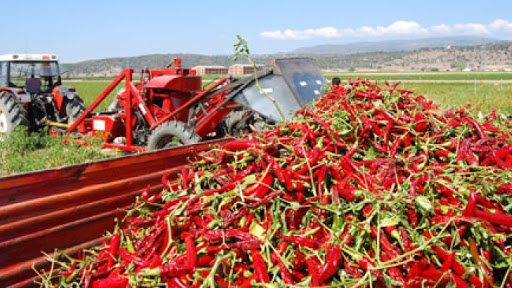
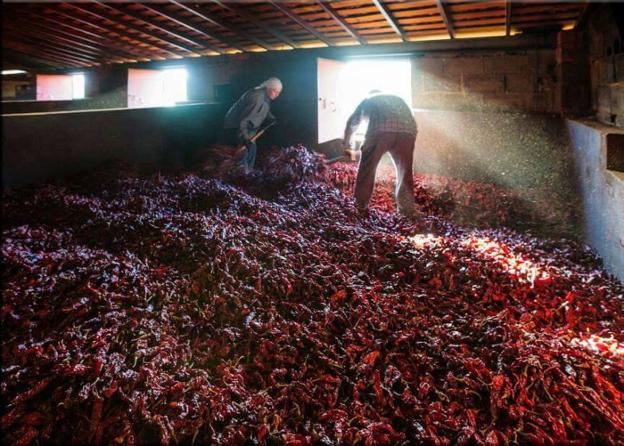
Paprika from Murcia, on the other hand, comes from grinding red Capsicum Annuum longum chillies of the bola variety that have been dried in the sun or with hot air.

The best tip for buying this spice is to opt for the products with a Designation of Origin (DO) “Pimentón de la Vera” (La Vera Paprika) or “Pimentón de Murcia” (Murcia Paprika) seal. This spice is widely available, but the ones that are not protected under the DOs do not offer the same quality or flavour. These are the logos you should look out for:
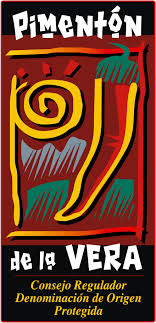 

Paprika has only 3 kcal per gram. It is rich in Beta-Carotene, which acts as a very effective antibiotic, and it also contains riboflavin (B2) and niacin (B3) in smaller quantities. Of its minerals, it is richest in iron, magnesium, potassium and phosphorus. It also contains lycopene, a very effective antioxidant that slows down the ageing process, and capsaicin, which promotes good circulation, stimulating the appetite and aiding digestion.
 1
Like
Published at 2:55 PM Comments (0)
1
Like
Published at 2:55 PM Comments (0)
Valencia's Medieval Villages - Must Visit
Wednesday, August 7, 2024
The Valencian Community fuses nature, history and culture throughout its entire territory. And being able to walk through the villages that take you back in time is not so difficult to find. Alicante, Valencia and Castellón are full of places that mark and remind us of their historical past. Walls, castles and fortresses are just some of them. Here are 5 options I wanted to share with you where you can stop and enjoy Spain as it was in the Middle Ages.
Culla (Castellón)
In the province of Castellón, we find one of the most charming corners of the Valencian Community, Culla. With a population of only 500 inhabitants, this beautiful municipality is surrounded by a privileged natural environment. Its wild nature and peaceful atmosphere make you travel through history while strolling its medieval streets. Its characteristic style of cobbled houses, the ruins of the Arab Castle, the Granary of the Commander or the Parish Church of El Salvador help you immerse yourself in times gone by.
The nature that surrounds Culla also allows for a wide variety of outdoor activities. For this reason, taking excursions to explore its beautiful scenery or visiting the Miner del Maestrat Park is a must. Likewise, you should not forget to try some of the most typical dishes of l’Alt Maestrat such as the "Pot of the Maestrat - Olla del Maestrat" or its heavenly "Coca".
Xàtiva (Valencia)
Xàtiva is one of those cities that leaves you spellbound as you go through each of its corners. Through its monuments, you can appreciate the passage of history. It was declared an episcopal headquarters at the time of the Visigoths, living its period of maximum cultural splendour during the Muslim rule. Xàtiva was also the birthplace of the painter José Ribera, known as 'El Españoleto', and of two popes from the Borja dynasty. Its precious hiding places and the majesty of its Castle will transport you back to the middle ages. Its old town was declared a Historic-Artistic Site in 1982.
Chulilla (Valencia)
In the interior of the Valencian Community, the beautiful town of Chulilla is located. The magic of this place lies in its magnificent location in the middle basin of the Turia river. The vast amount of water that runs through this area has made it well-known for hosting many of the trails which make up the "Ruta del Agua". In it, you can enjoy endless walks such as the Ruta de Los Calderones or the Charco Azul. In addition, the beauty of its narrow and steep streets will help you savour medieval times.
Guadalest (Alicante)
The province of Alicante combines not just sea but also mountains. It is the fourth most mountainous province in Spain. And thanks to this, we can find places as spectacular as the town of Guadalest. Located on a cliff at an altitude of 595 meters, El Castell de Guadalest has managed to maintain the essence and the most typical features of the inland Alicante towns. Its natural enclave is very picturesque since its houses are embedded in the rock and the views it offers are of the extensive valley below. Its beauty and charm earned it the award of Historic-Artistic Site in 1974.
This village also offers a series of very varied cultural activities. You can go to the Casa Orduña, a noble house from the 17th century nicknamed the Casa Gran; or stop by one of the curious museums, such as the Museum of Nativity scenes and Dollhouses, the Museum of Microminiatures, the Museum of Salt and Pepper Shakers or the Museum of the Collection of Historical Vehicles.
Morella (Castellón)
The province of Castellón is home to one of the most incredible places in the entire Valencian territory: Morella. The city that was built mainly at the foot of the Castle, located at an altitude of more than 1,000 meters, continues to maintain its medieval aspect. In addition, its fortress that still preserves the main square, the cistern and the Pardals tower, is considered today to be one of the most important treasures of the Castellón territory.
No matter what time of year you drop by the Maestrazgo, this town with about 2,500 inhabitants transports you back in time. Be sure not to forget to visit the church Arciprestal Santa María La Mayor, a Gothic jewel reflecting the power of this location centuries ago.
 2
Like
Published at 8:51 AM Comments (0)
2
Like
Published at 8:51 AM Comments (0)
Extremadura in Summer - Who needs a coastline?
Saturday, August 3, 2024
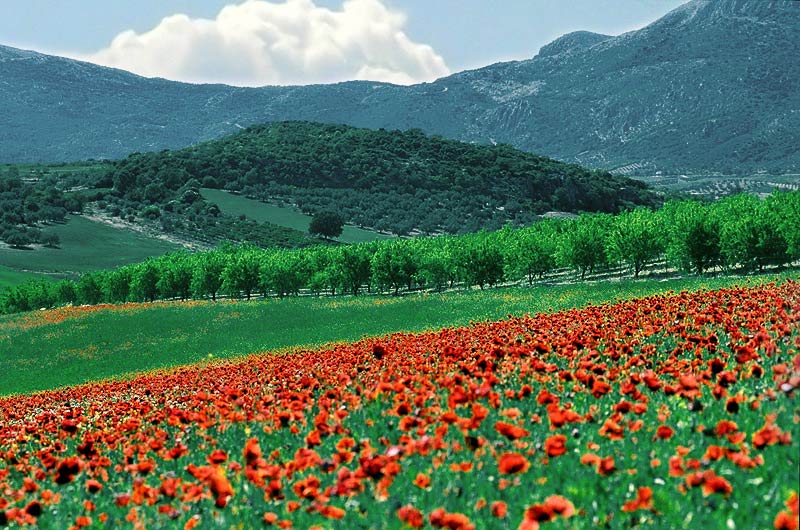
With over 1,500km of freshwater coastline, Extremadura is the first Autonomous Community with the prestigious Blue Flag awarded to a fresh water beach on La Orellana and has maintained it for four consecutive years.
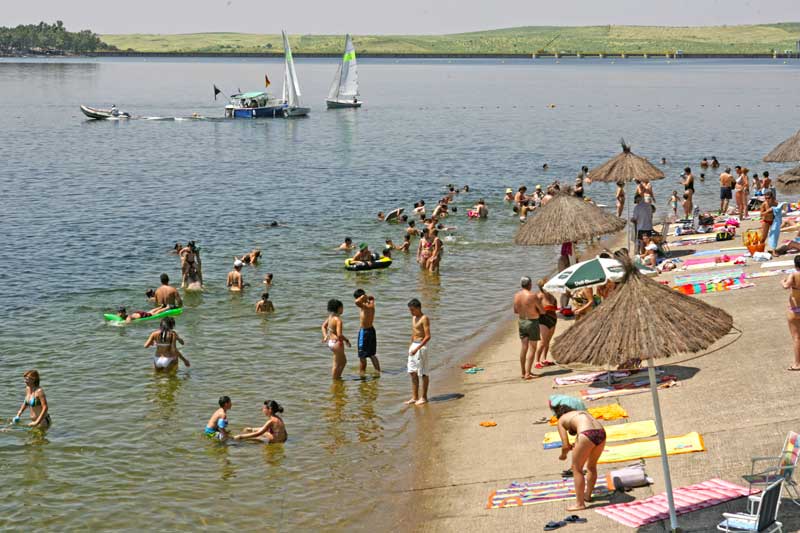
Contrary to what many might think, there are many ways to enjoy a refreshing summer with water playing a central role in Extremadura, so don’t rule it out because it doesn’t have a coastline: water sports in the wetlands of Badajoz, natural pools in the region of la Vera, Jerte, El Ambroz, Las Hurdes, Gata or La Siberia, a river cruise along the international section of the Tagus or a descent down the Alagon river are just some of the options available.
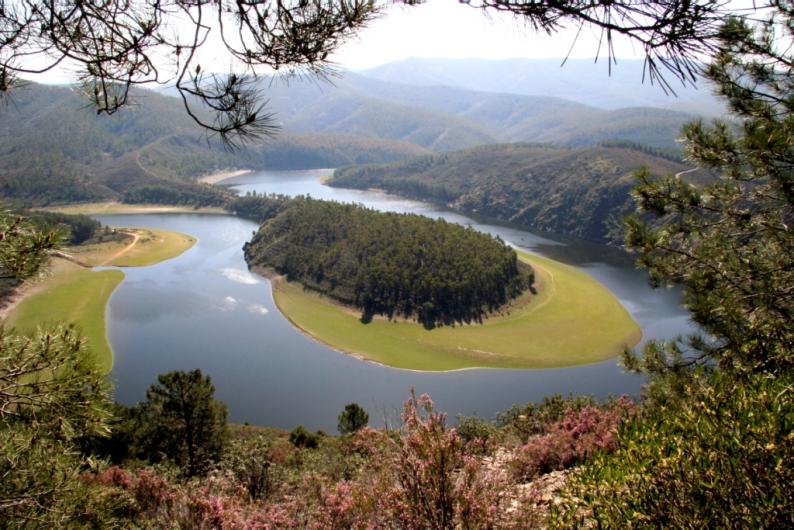
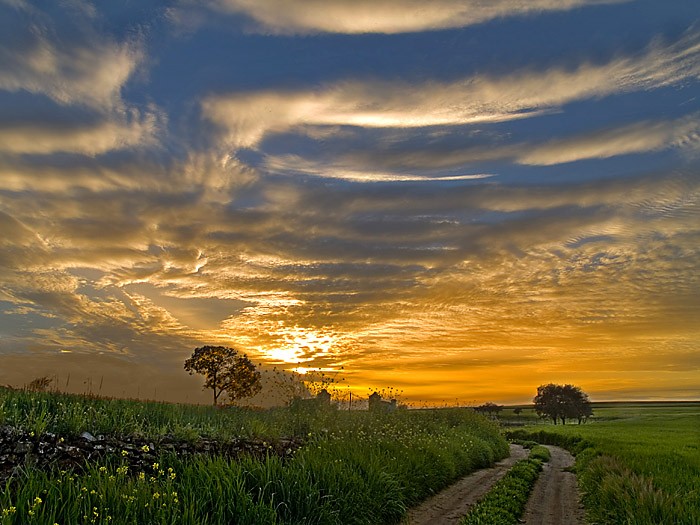
In the province of Cáceres lies one of the jewels of the “Valle del Jerte”, within the Nature Reserve “Garganta de los Infiernos”, known by the locals as “Pilones” which is a long stretch of natural smooth stone bathtubs created by water erosion of the rocks over centuries. These natural bathtubs are filled with clear crystalline water coming down from the Sierra de Gredos. The natural pools, lakes, waterfalls, streams and water gorges in Extremadura comprise more than 60 attractive opportunities to go bathing in the Summer and escape the suffocating heat or do aquatic activities.

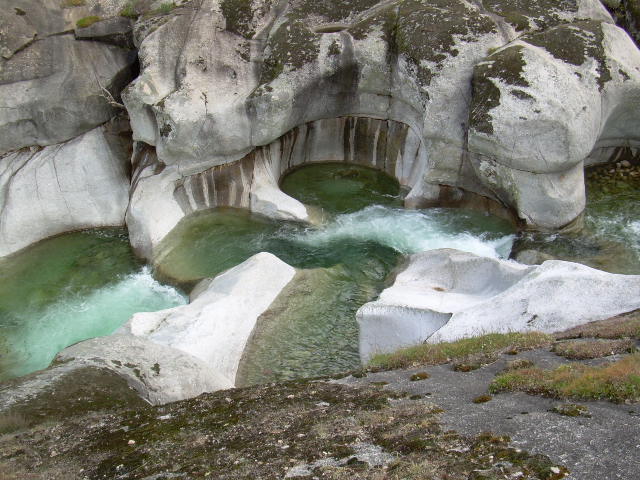
The Blue flag beach of Orellana in the heart of Extremadura, is the only river beach in Spain to have achieved since 2010, a Blue Flag rating. A singularity that is due to its water quality, location in a protected environment and infrastructure available. Located in the region of La Serena, Badajoz, Orellana Beach offers the opportunity to swim in freshwater waves and enjoy a poolside snack bar, a small marina and of course, lifeguards.
Aquatic Adventures in Alqueva is celebrated during the summer season and runs up to mid September and is organised out of towns such as Chels, Villanueva del Fresno, Olivenza, Alconchel and Táliga in the Badajoz region. All activities are tied to the great lake Alqueva, which Spain shares with Portugal. Amongst the activities on offer are sailing, astronomy and star watching, safari in kayaks, multisport activities on land and water involving walking, cycling, canoeing to mention just a few.
You can also sail through international waters along the Tagus. A protected area totalling 50,000 hectares, with 47 species of mammals and 181 species of birds, including some endangered species and other which are rare sightings such as the black vulture. These are just some of the stunning and attractive reasons to justify a visit to “Tagus International”, a joint venture between Spain and Portugal, which is waiting to be recognised internationally as a Biosphere Reserve Natural Park. No doubt it will be very shortly.
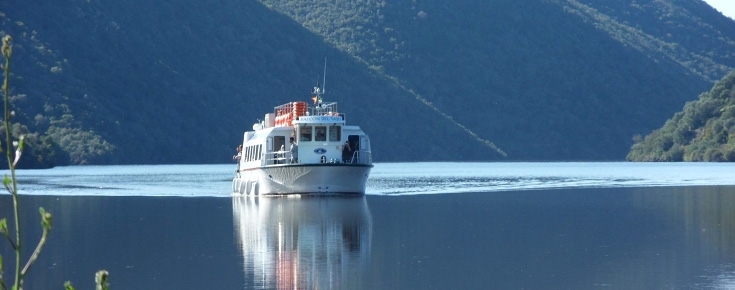
Descending down the river Alagon is an event that gains more and more fans year after year. With a distance of 18.8 kilometres running from the bridge of Macarrona Riolobos to the town of Coria, in the province of Caceres, it takes approximately four and a half hours and is an event that seeks to offer you an entire day of enjoyment for all the family.
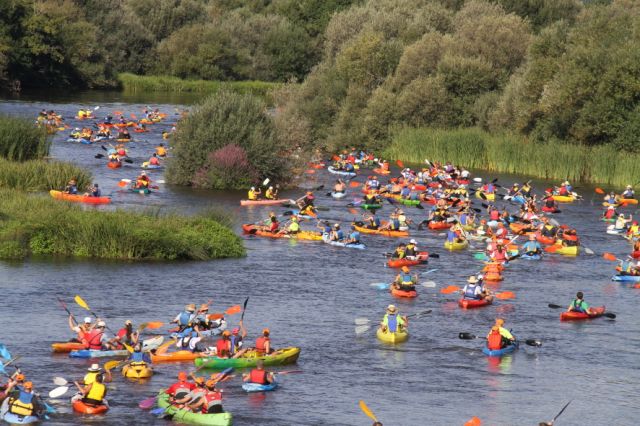
The Valley of Jerte, Caceres is a superb area to practice “canyoning” or as it is known locally 'gargantismo' (waterfall rock climbing) can be done throughout the area. However three main areas are normally used the Nogaledas, the Hoyos and Papuans which are equipped with climbing anchors, diverters , public railings and guided rappels and there are different companies in the area that offer this activity.
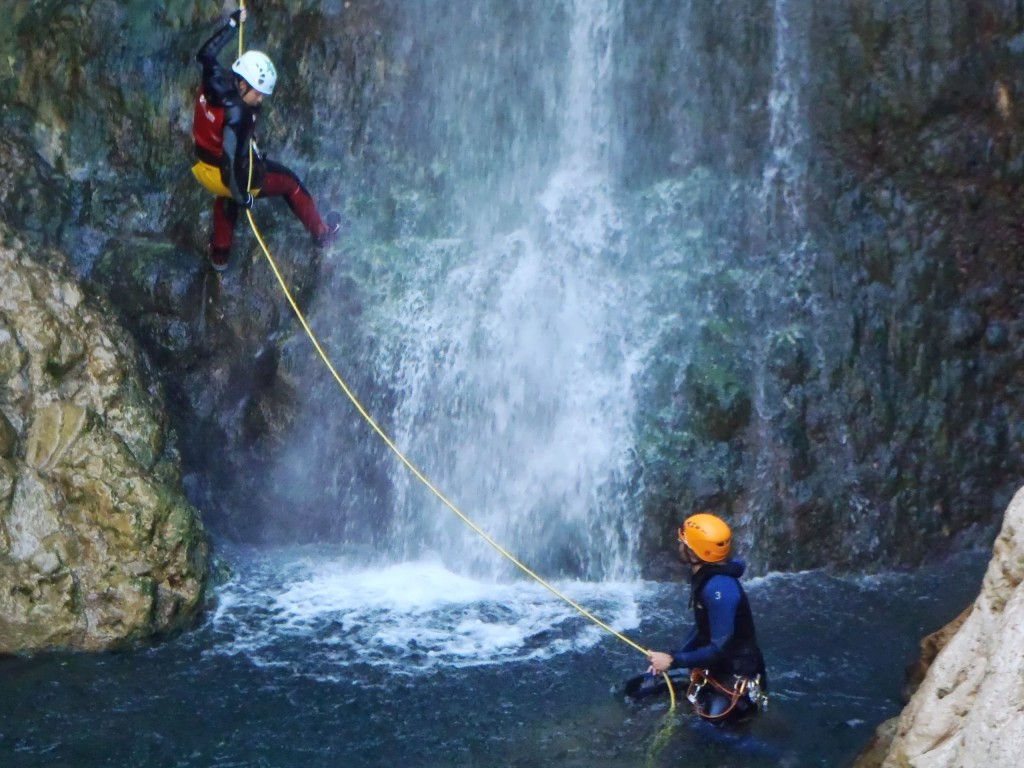
And why not some inland sailing? It is also possible in Extremadura, where there is a total of four yacht clubs, three in Cáceres (Tajomar, Lake Gabriel y Galán and Barlovento, located in the reservoirs of Alcantara, Gabriel y Galán and Borbollón) and one in Badajoz, the Guadiana Club Nautico de Orellana by the reservoir.
 13.23.48 - Copy 1.png)
Extremedura is also a paradise for sport fishing. Between the lakes and reservoirs within the autonomous community there are also fantastic opportunities for fishing enthusiasts. Reservoirs such as Alange, Orellana, García de Sola and Cíjara in the province of Badajoz or Alcantara , and Gabriel y Galán in Caceres are great for black bass, pike and many other sporting species.
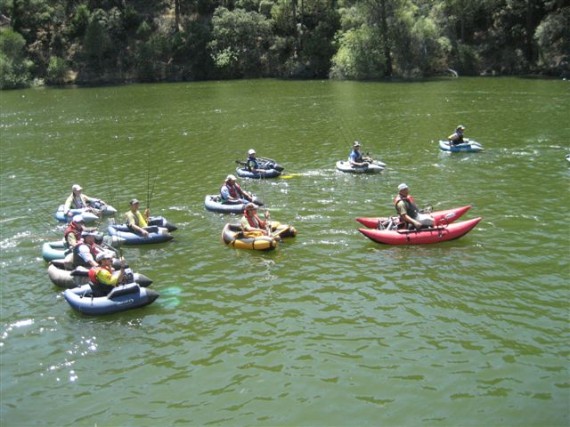
For the kids there is also a water park located within walking distance from the border with Portugal. ' Lusiberia ' has slides, wave pool, playground and terraces and leisure activities designed for all ages.
So if you were thinking that Extremadura wasn’t an option because it doesn’t have a coast line…think again it is one of the most beautiful regions in Spain.
 3
Like
Published at 10:14 AM Comments (0)
3
Like
Published at 10:14 AM Comments (0)
Spam post or Abuse? Please let us know
|
|